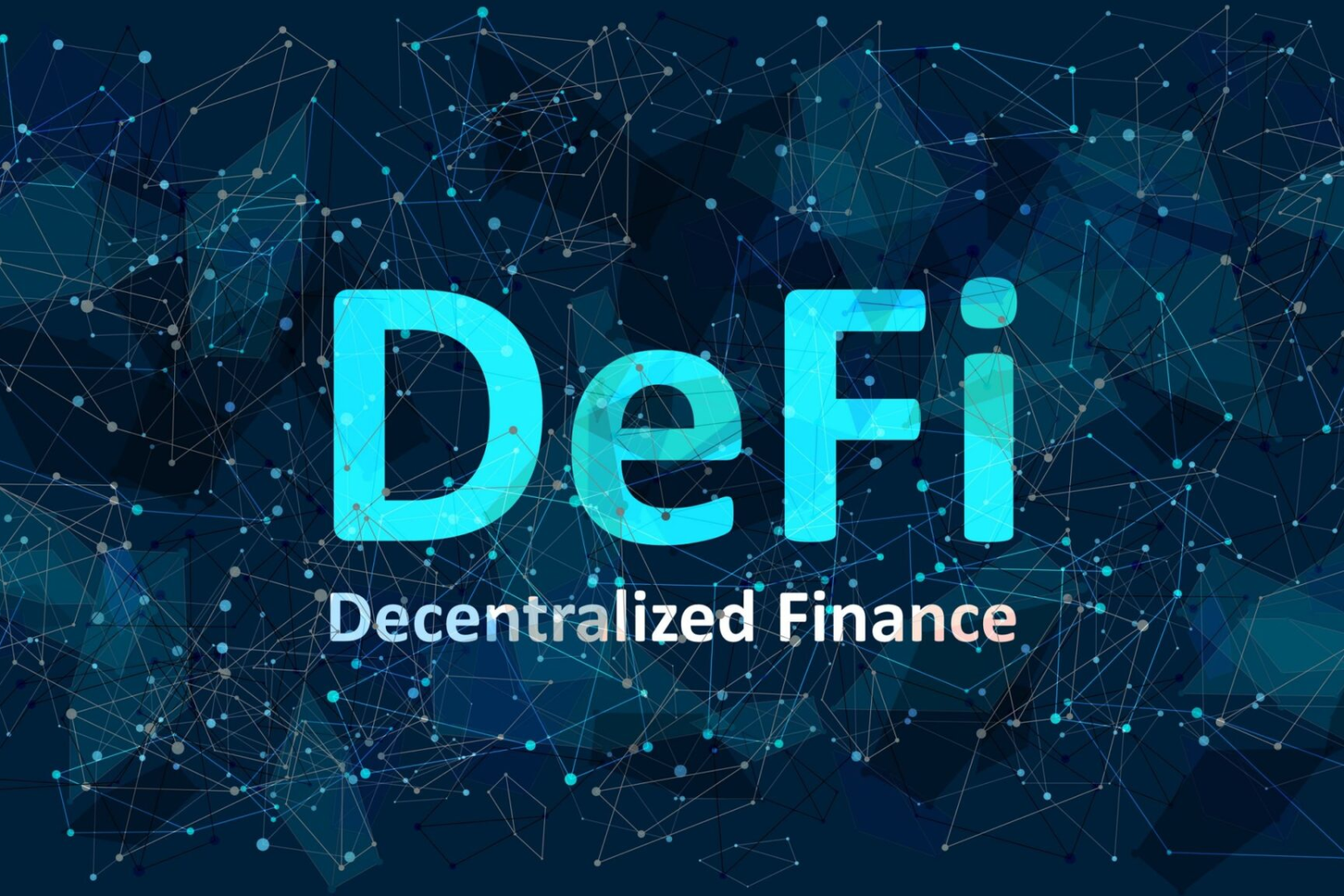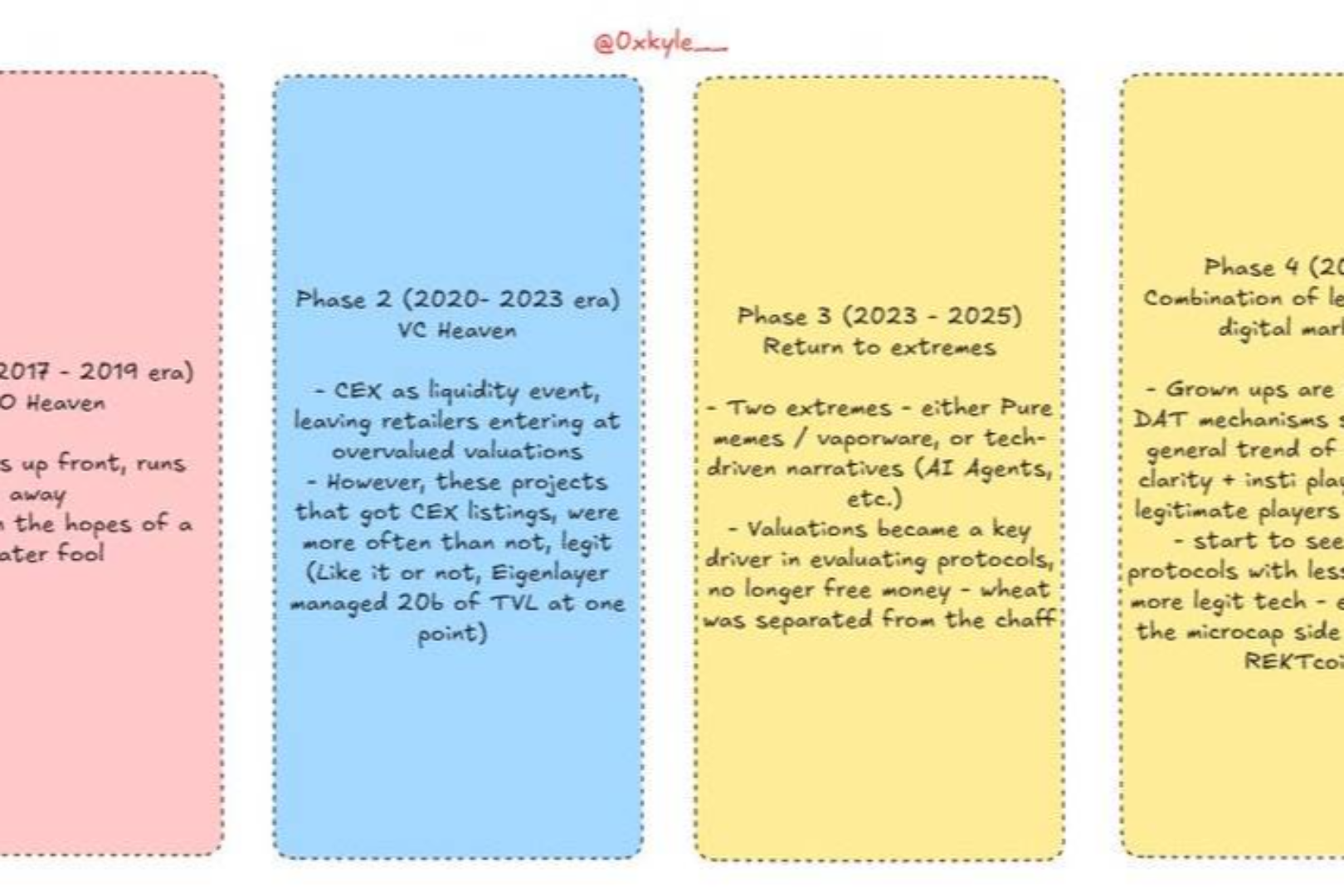Original author: Kyle
Original translation: TechFlow
The term "Internet Capital Markets" has multiple meanings. In today's context, it refers to an alchemical achievement born entirely from the strengths of blockchain technology: a form of financial technology that transcends geographical boundaries. From collateralized lending using "magic internet money" to the tokenization of government bonds and private credit, to the use of stablecoins—all of these are considered manifestations of "Internet Capital Markets" at the intersection of traditional finance and digital assets.
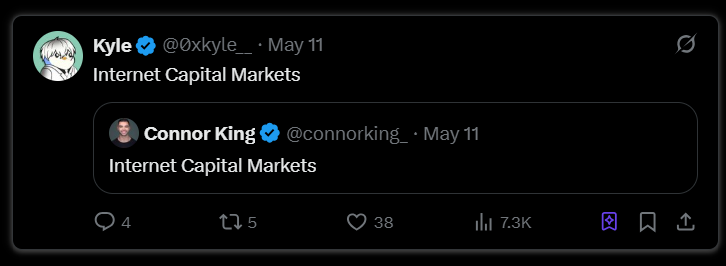
Original tweet link: Click here
However, for those of us who have been deeply engaged in this asset class on-chain over the past few years, the term "internet capital markets" has taken on a whole new meaning. It encompasses more than just "on-chain treasury bonds"; it encompasses a wide range of speculative instruments, including NFTs, decentralized finance (DeFi), initial coin offerings (ICOs), and the token trading derived from these instruments. It all began with the deployment of the first smart contract on Ethereum in 2015, fueling the birth and development of countless innovations over the past decade.
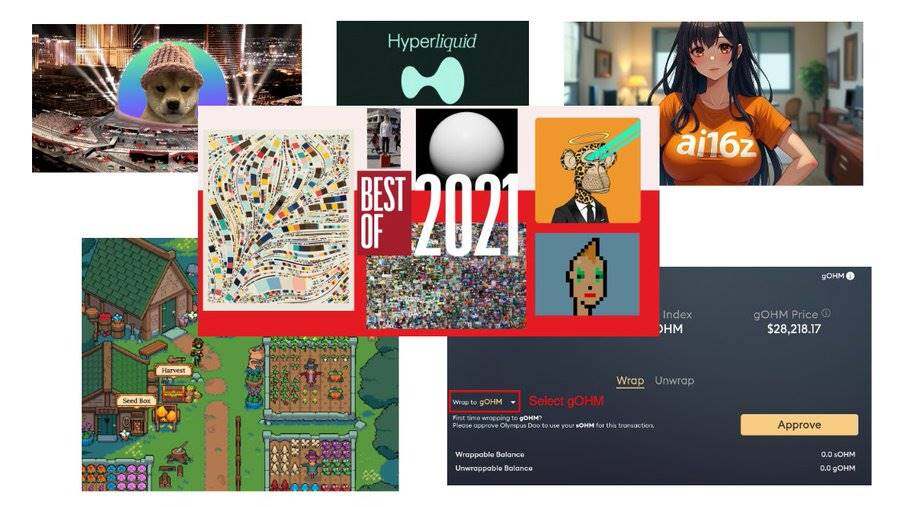
In this article, I hope to delve into this aspect of the internet capital market - the focus on tokens, narratives, 10x or even 100x returns, airdrops, etc., which constitute the original core concept of the internet capital market.
I believe we are at the beginning of what crypto veterans might call “a new meta.” To delve deeper into this, we must first look at these capital formation mechanisms and the differences that come with them:
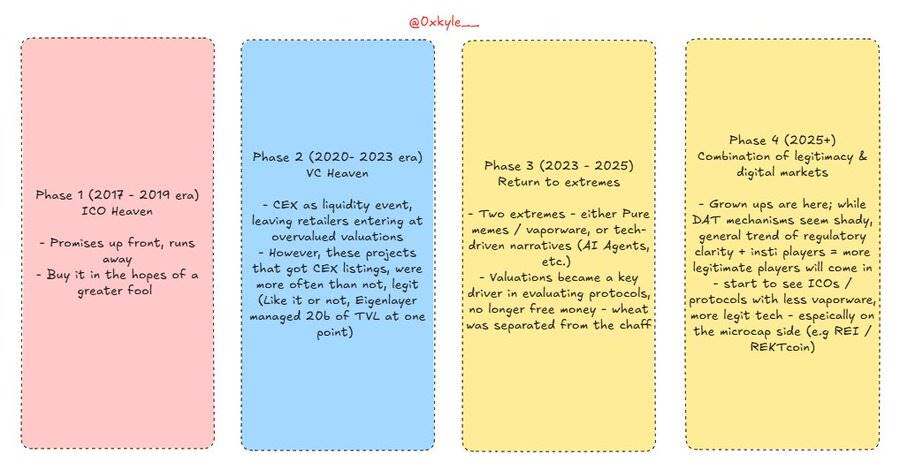
If the content looks too small, you can click on the picture to see the details!
Over the past few cycles, we’ve witnessed a constant evolution in market funding mechanisms. From Initial Coin Offerings (ICOs), to CEX Alts, to meme-centric tokens, and more. I’ve broken it down in the chart above, but in short:
1. The Initial Coin Offering (ICO) Era (2017)
A mechanism for investing based on promises, where investors hope to find a "greater fool" to take over. It's extremely rare for the technology to actually be implemented, and even when it does exist, it's often difficult to apply or create value.
In most cases, this is more like a game of "hot potato." Projects such as Bitconnect and Dentacoin are typical examples of this period.
2. Venture Capital Paradise
The 2021 bubble brought a flood of institutional capital, which, in hindsight, was extremely damaging to the industry. Extremely high valuations and poor incentive design (who would work hard after receiving $100 million upfront?) led to frequent problems.
However, this wave also gave rise to more legitimate and mature products, so we cannot completely dismiss the prevailing model of low circulating supply and high fully diluted valuation (FDV). Although these tokens are extremely overvalued, they have also driven the birth and development of some important protocols that are now well-recognized.
Take Ethena, for example—I love it, but it's undeniable that the simple mechanism of "giving too much too soon" weakened its ability to increase its token price in the early stages. However, it's undoubtedly one of the best products in the crypto space. This phenomenon is similar to many other "double-edged sword" projects.
This period also saw the birth of numerous projects such as Solana and Uniswap. Although there is some controversy surrounding the operation methods of these projects today, the fact is that this era was not entirely negative and cannot be generalized.
Is there a way to avoid these problems? Perhaps. But ultimately, these are the industry's growing pains—even though, four years later, we're still experiencing the aftereffects.
3. Both – Return to the extremes
After the FTX debacle, the crypto space was in a state of existential turmoil, and the sentiment was palpable. Many people began to subscribe to the "crypto is a scam" narrative, believing that most projects were simply get-rich-quick schemes. I used to share this sentiment, but it's important to understand the nuances.
While the crypto space has a casino-like nature, it doesn’t necessarily mean it’s a casino. Stablecoins and asset tokenization are proving to have significant real-world applications beyond the launch of numerous memecoins and USD trading pairs for long-tail assets.
In this era, the nature of projects entering the market is clearly divided. On one side are pure meme projects (think Dogwifhat and Pepe), and on the other are projects with more legitimate narratives, like AI agents. While valuations have significantly declined, you might ask yourself, "Is this all just a meme?" But just because they're considered memes doesn't mean they'll always be memes.
The space is slowly maturing, with some projects already making the leap from meme to legitimization – like REI.
Finally, the “everything is a meme” mentality is likely to be extremely destructive in the coming years because:
4. The integration of legality and digital markets
We are entering an "age of mature investors." Institutional capital has already entered the market and expressed significant interest. However, perhaps because we are so close to the "processing plant," understanding how the sausage is made, this has led to many puzzling results. For example, those in the crypto space were pessimistic about Circle's IPO, as they were all too aware of the potential risks and negative bear market theories involved.

Original tweet link: Click here
Knowing too much can be a curse. That’s why the cynical “everything is a meme” mentality can ultimately be so destructive, because the hasty dismissal of everything can lead to a loss of faith.
Take Ethereum, for example. It was the worst-performing asset for two consecutive years, prompting many major investors to sell their holdings. It was saddled with a variety of negative labels, leading us to believe that decentralization had failed and that Ethereum's future was hopeless.
Now, let’s look at Ethereum. Do you think Tom Lee knows about (or cares about) the embarrassing video of the Ethereum Foundation leadership singing and dancing on stage? Do you think institutions like BlackRock — which has launched a tokenized fund on Ethereum — care about the Ethereum Foundation’s alleged “weak mentality”?
The answer is no. This is something we must internalize. Today, the crypto space seems to have forgotten how to dream, while traditional finance (Trad-Fi) is relearning how to pursue it. As digital assets gradually become mainstream and attract more and more high-quality developers, this will inevitably bring more opportunities.
This is what I call the "internet capital market." We are entering an era of unprecedented potential in the past five years—a perfect convergence of regulation, technological prowess, and capital. And part of this will inevitably move on-chain. It's no exaggeration to say that I believe some of the most valuable companies in the coming years will choose to issue tokens on-chain.
In fact, this is already a reality. Hyperliquid is a pinnacle example of the internet capital market. They haven't received any venture capital (VC) funding, and as far as I know, they don't have an equity structure—they're entirely an on-chain token, and they weren't initially listed on an exchange.
Let me emphasize again, this is the true meaning of the Internet capital market.
Hyperliquid is a $40 billion company with no business plan and no equity burden. It's a pure-play on-chain giant, rapidly rising from the ground up to dominate the market and now on track for $1 billion in annualized revenue. This is the purest manifestation of the workings of the internet capital markets.
But before you think this is just another Hyperliquid story, let me take a step back. I believe this isn't just a Hyperliquid story. We're going to see more of this in the coming years.
Isn't that exciting? We're entering an era of opportunity—don't let cynicism destroy your dreams. What I regret most, however, is that this is all so obvious to anyone who truly observes the trends, yet we're busy chasing 50% gains in random altcoins because the market has conditioned us to do so over the past four years. It's time to dream bigger—and the blueprint for success is right here.
In a serendipitous conversation, I discussed the following with @connorking_ (whom I’m lucky enough to call my good friend):
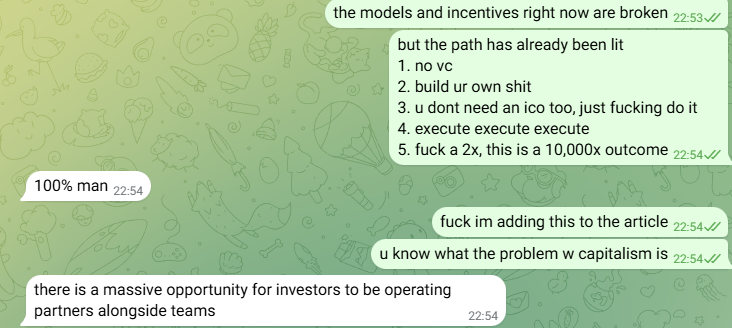
Huge opportunities are coming: investors can work alongside the team and become operating partners
Today, the chains that bind us are gone. For too long, people have been constrained by traditional structures, but in the era of "internet capital markets," owning 5%-10% of your own token and building it into a product worth $100 million or $1 billion will yield returns far beyond most people's expectations.
Yes, fundraising is still necessary; yes, there's nothing wrong with conducting an ICO. But look at Hyperliquid's path to success—if you have complete confidence in your product, it's a valuable path to follow. And look at the wealth of Hyperliquid's founders today. They didn't rely on venture capital; they simply held a significant portion of their product and listed it on the internet capital market. And the market, as the arbiter of truth, will reward you handsomely if it recognizes your product.
You know what's wrong with capitalism? It's that most participants in capitalist markets are short-sighted. Capitalism can drive innovation in the right direction, but it can't push it far enough. People often compromise for quick profits when they could have reaped greater rewards if they had held out for a few years. This is the true mathematical power of compound interest.
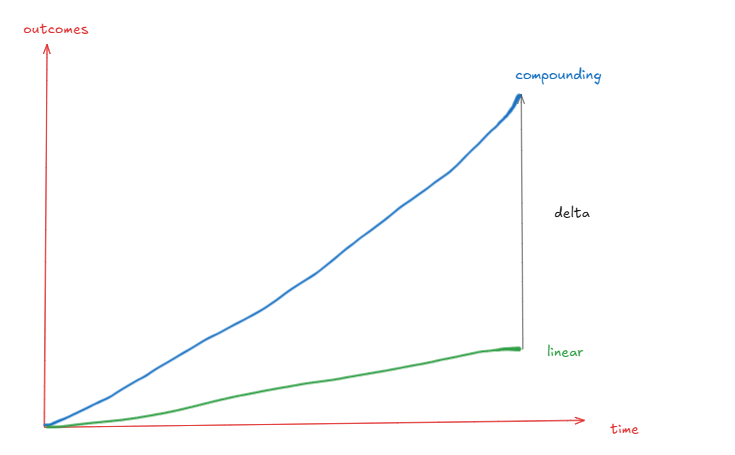
Long-term thinking typically leads to geometric rather than arithmetical changes in results—for example, doubling in two years (2x), growing fivefold (5x) in four years, and growing tenfold (10x) in five years.
Sure, you could make $10 million by launching a product quickly and then abandoning it, but if you were willing to spend a few more years polishing it, you could potentially make $300 million.
Finally, I want to discuss the speculative nature of the market. There's no doubt that the market acts more like a voting machine in the short term. We will continue to see the prices of many "worthless" assets rise, and we may also see "high-quality" assets priced far above their fundamental value. Phenomena like group sell-offs may still occur.
But the key is that the coming wave of digitalization will attract more truly outstanding founders to join the battle - this is a trend shift that I believe will drive the creation of many great on-chain products.

More participation from S/A-level founders = less attention to C-level and below founders = less attention to those "air projects" and more focus on high-quality products that can truly bring compound growth.
Trends like the ones above will never return to zero, but they don't need to. Look at Hyperliquid, Ethena, and Aave—they've achieved $1 billion in annualized revenue, $10 billion in stablecoin value locked (TVL), and $60 billion in net deposits. Look at Pengu and Rekt—they've achieved 197 trillion views, 2 million toys sold worldwide, and beverage brands entering 7-Eleven shelves in the US—all with tokens issued on the blockchain.
Sure, we can debate whether they're overvalued or undervalued. But I'd rather debate these issues than go back to a time when the only investment options were companies that sold empty promises and delivered no real results. I'd rather own a piece of something real than play a game of pretend hot potato.

Another perspective interpretation - from @ImmutableSOL
If you insist on assuming every token is a "meme," then that perspective is meaningless. It's no longer a fantasy for talented individuals like Jeff from Hyperliquid to launch a token. It's entirely possible that the next "Steve Jobs" could launch a token on-chain. Some of these assets will eventually become on-chain giants that define the future of finance, and we all have the opportunity to participate. Simply dismissing them as "just a meme" could mean missing out on a 1,000x return.
This is what I call the evolution of speculation. We have evolved from trading worthless pie-in-the-sky projects to owning a stake in solid, enduring, and most importantly, on-chain assets – assets that will shape the world.
It's time to believe. To believe in the possibilities of the future, unburdened by the constraints of the past. To break free from the shackles of history and burn the bearish sentiment within us to ashes. The future is bright, my friends. We cannot let the shadows of the past cloud our optimism for the future.
Ladies and gentlemen, this is what the future looks like to me: the internet. Capital. Markets.
Editor's Note on Long-Term Results:
Japan is renowned for its exceptional quality, but this quality wasn't achieved overnight; it's the product of decades of culmination in culture, products, and lifestyle. If they simply optimized for profitability, they wouldn't have made it this far. But it's precisely because of their decades-long, long-term planning that they're reaping the rewards. The fruits of this long-term thinking can't be fully measured in numbers—clean streets and stylish vending machines, while not necessarily reflected directly in GDP, attract a large number of high-spending consumers and generate revenue for the country.



